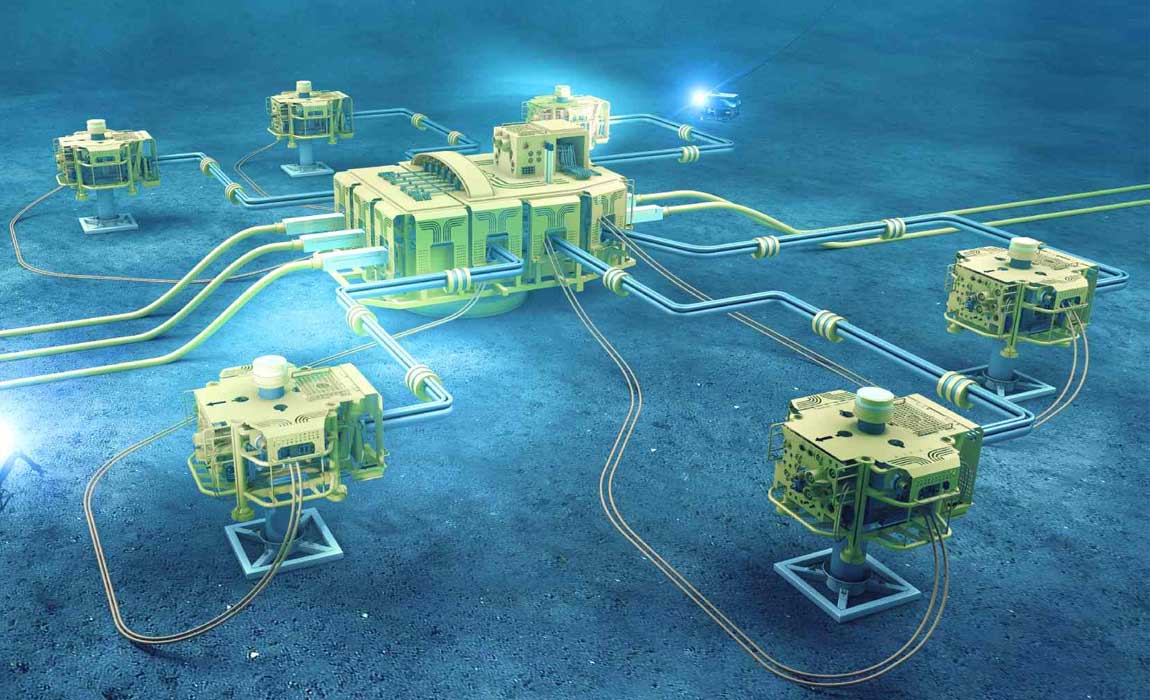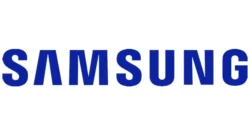Technical innovation has always been a constant factor in the offshore industry. It is crucial in allowing the industry to adapt and recover from downturns and other challenges. The significant increase in oil prices last year compelled the industry to find new ways of operating. This included implementing remote work environments for company staff and cutting down on capital expenditures.
Some of these changes may be temporary and phased out over time. However, one aspect that is expected to continue soon is the improvement in technological advancements. As technology continues to evolve, IQIP innovative solutions are revolutionizing subsea operations and offering numerous benefits.
This issue will explore the advantages of using innovative technology for subsea operations.
1. Enhanced Efficiency and Accuracy
Subsea activities benefit significantly from using cutting-edge technology in terms of accuracy and efficiency. Modern tools, such as IQIP’s Levelling tool, modernize manual operations that were previously used. Modern tools improve efficiency by decreasing human errors and saving time.
For instance, the Levelling Tool enables the exact leveling of equipment, such as transition pieces and monopiles, on the seafloor. Its extraordinary accuracy guarantees flawless installation, reducing the need for remedial operations and averting expensive delays. By integrating cutting-edge technologies, you may optimize your subsea operations and achieve remarkably improved efficiency.
2. Safety and Risk Mitigation
Sea operations carry inherent risks; therefore, putting safety first is essential. Enhancing safety measures and reducing hazards need the use of cutting-edge technologies. A safer working environment is made possible by sophisticated monitoring systems, sensors, and automated procedures.
For instance, sensor-equipped real-time monitoring systems can spot anomalies or deviations during operations and enable quick action to stop accidents. Additionally, the use of human divers in dangerous situations can be reduced by the use of remotely operated vehicles (ROVs). They are outfitted with cutting-edge cameras and sensors for inspection and maintenance activities. These innovations guarantee the subsea assets’ integrity while lowering the risk to human life.
3. Cost Savings and Improved ROI
Incorporating innovative technology into subsea operations brings significant cost savings and improved ROI. Advanced tools optimize operations, leading to faster project completion, reduced downtime, and increased efficiency. Innovative technology enables predictive maintenance, avoiding unplanned downtime and extending asset lifespan, resulting in better financial performance for subsea projects.
4. Environmental Sustainability
Environmental sustainability is a crucial concern in every industry today. Innovative technology provides opportunities to minimize the ecological impact of subsea operations, promoting sustainability and eco-friendliness.
With advanced equipment and processes, precise monitoring and control become possible, significantly reducing the risk of accidental spills. Furthermore, improved efficiency and reduced downtime result in lower energy consumption and decreased carbon emissions.
5. Competitive Edge and Industry Leadership
Staying ahead in the subsea industry requires innovation. By embracing and utilizing innovative technology, you can set yourself apart from the competition and become a leader in the field.
Investing in state-of-the-art technology showcases your dedication to excellence and positions your company as forward-thinking. Clients and stakeholders value innovation and are more inclined to choose partners who prioritize advanced technology. By harnessing the power of innovative technology in your subsea operations, you can differentiate yourself from competitors and attract new business opportunities.
Conclusion
The advantages of utilizing cutting-edge technology for subsea operations are numerous and diverse. Incorporating advanced tools and technology can alter your functions in several ways, including enhanced efficiency and accuracy, improved safety, cost savings, and environmental sustainability.







